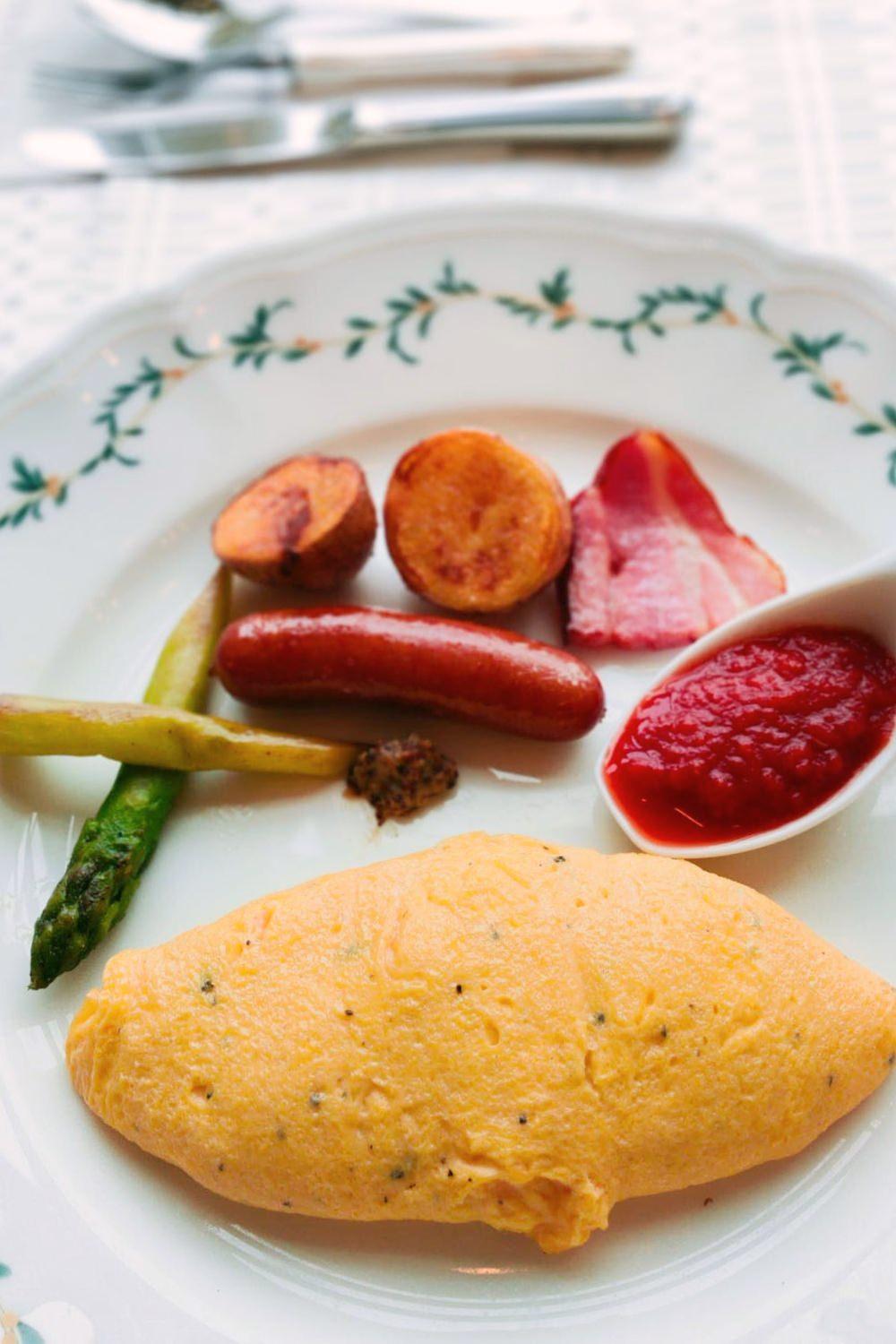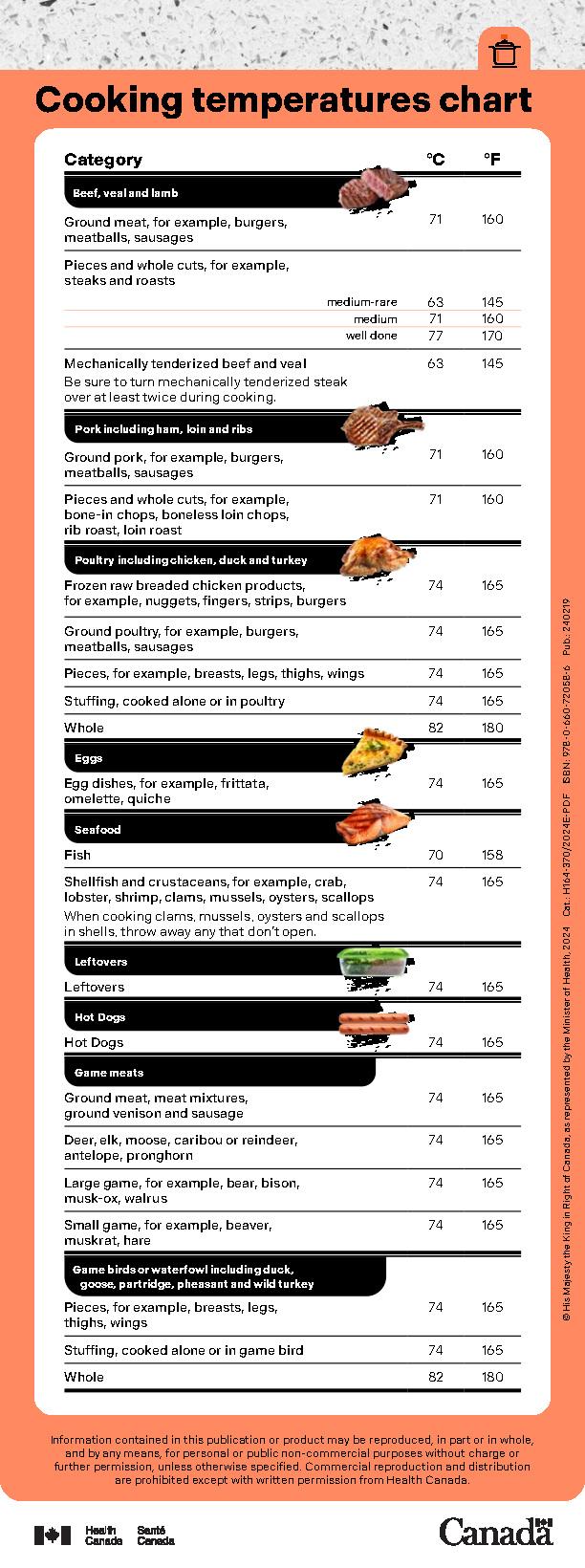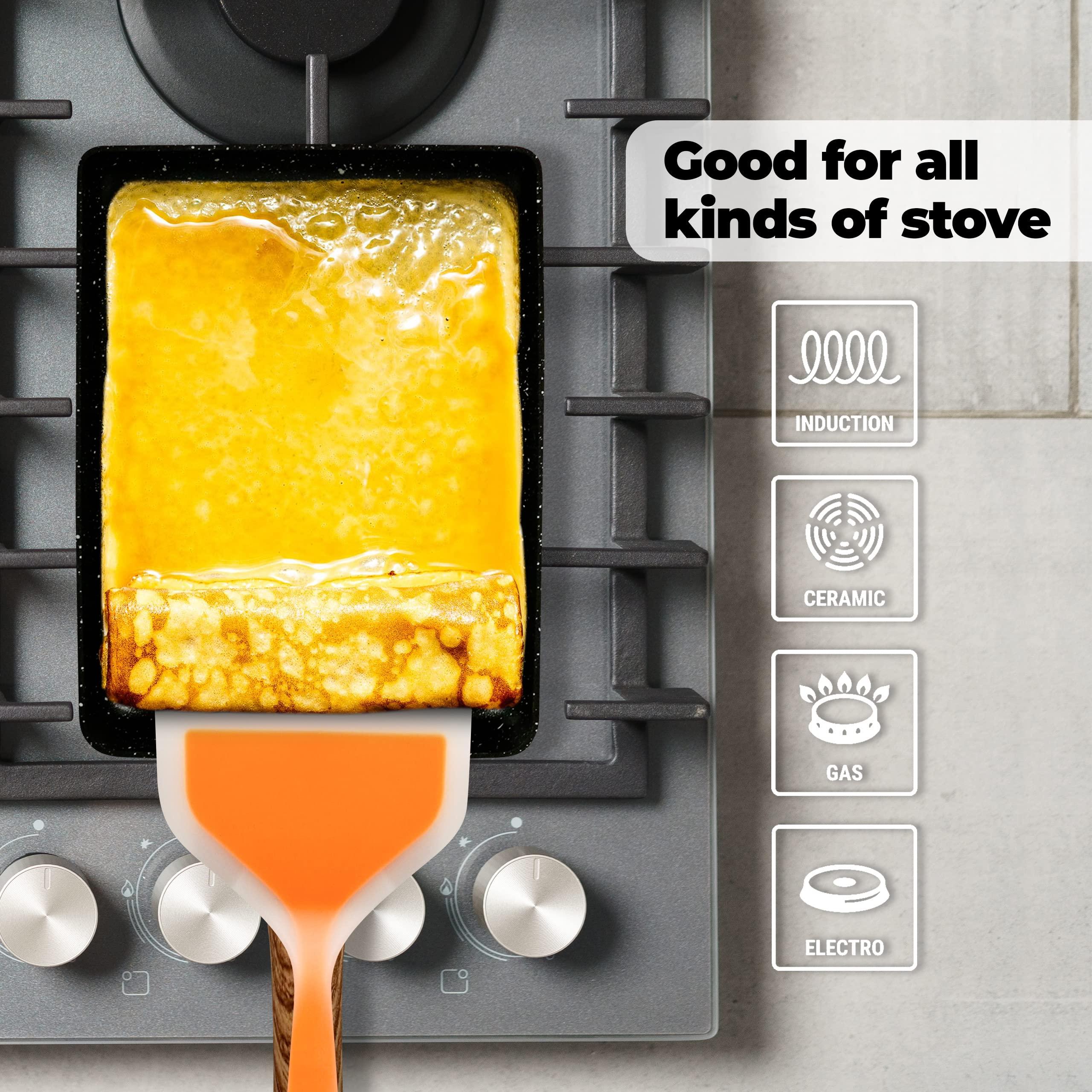Mastering the Art of the Perfectly Fluffy French Omelette
in the realm of culinary arts, few dishes embody the elegance and simplicity of a perfectly fluffy French omelette. With its delicate, creamy interior and lightly golden exterior, this classic French staple is more than just breakfast; it’s a testament too technique, precision, and a touch of love. But alas, achieving that coveted texture and flavour can often appear elusive, leaving even seasoned cooks scratching their heads. Fear not,for within the folds of this article,we will embark on a journey through the nuances of omelette-making,exploring everything from the choice of eggs to the ideal cooking method. Whether you are a novice in the kitchen or a seasoned chef seeking to refine your skills, mastering the art of the French omelette will not only elevate your breakfast repertoire but also offer a moment of culinary joy that is simply unmatched. Join us as we unravel the secrets to creating this fluffy masterpiece, bringing a piece of French tradition to your table.
Choosing the Right Ingredients for a Luxurious Omelette Experience
Creating an extraordinary omelette begins with selecting the finest ingredients. Focus on freshness—the eggs should be farm-fresh and organic whenever possible, as this enhances both flavor and texture. Aim for large or extra-large eggs to achieve a fluffier consistency. Consider artisanal cheeses like Gruyère or aged cheddar, which contribute creaminess and depth. Additionally, opting for high-quality herbs such as chives, parsley, or tarragon can elevate your dish with aromatic finesse. For those who enjoy a touch of luxury, experiment with truffle oil or finely shaved truffles to impart an earthy richness that’s simply irresistible.
In terms of fillings, diversity is key. Choose a balance of ingredients that complement one another in both flavor and texture. Create a harmonious profile using savory toppings such as sautéed mushrooms, spinach, or caramelized onions. If you’re inclined to add proteins, diced smoked salmon or crab meat introduce a delightful umami flavor. For a textural contrast,incorporate crunchy accents like toasted pine nuts or a sprinkle of crispy prosciutto.Below is a table highlighting ideal ingredient pairings for your omelette:
| Ingredient | Complementary Pairing |
|---|---|
| Fresh Herbs | Chives, Tarragon |
| Cheese | Gruyère, Feta |
| Proteins | Diced Ham, Salmon |
| Vegetables | Mushrooms, Spinach |
| Flavor Enhancers | Truffle Oil, Hot Sauce |

The Importance of Technique in Achieving the Ultimate Fluffiness
Mastering the craft of a perfectly fluffy French omelette hinges on the precision of technique. Factors such as whisking, folding, and cooking temperature play crucial roles in determining the omelette’s texture and appearance. To achieve that cloud-like lightness, begin with fresh ingredients—the eggs should be at room temperature to ensure an even cook.Whisking vigorously introduces air into the mix, creating a light batter before it even hits the pan. Furthermore, when cooking, it’s essential to maintain a gentle, consistent heat to prevent the eggs from toughening, as high temperatures will eliminate that desirable fluffiness before it even has a chance to form.
Another critical aspect is how you manipulate the omelette in the pan. Proper use of the spatula is vital for achieving that soft, creamy texture without overcooking. Here are some essential techniques to keep in mind:
- Swirling: Circulate the eggs in the pan to ensure even cooking.
- Gentle folding: Avoid breaking the curds too much to retain a delicate structure.
- Resting: Allow the omelette to sit for a brief moment off the heat to complete cooking without drying out.
These steps—combined with a dash of practice—will help you attain not just a fluffy omelette but a true culinary delight. For your reference, here’s a fast overview of optimal cooking temperatures:
| Stage | Temperature (°C) |
|---|---|
| whisking | Room Temperature |
| Cooking | Low (120-150) |
| Resting | Off Heat |

Mastering Cooking temperatures and Timing for Perfect Results
To achieve the coveted perfectly fluffy French omelette,understanding cooking temperatures and timing is essential. Begin by setting your stovetop to a medium-low heat, as too high a temperature can led to tough or uneven cooking. Use a non-stick skillet, which allows for easy flipping and gentle folding when the omelette is ready. When it comes to timing, the magic happens in just a few minutes: allow the eggs to cook gently, stirring with a silicone spatula to create a creamy texture while letting the edges begin to set before folding them inward delicately.
Consider the ideal cooking temperature as you incorporate additional ingredients like herbs, cheeses, or vegetables. A well-executed omelette showcases the harmony between well-timed layering and the gradual melding of flavors. To help gauge the doneness, pay attention to the visual cues: the surface should appear slightly glistening while the inside remains luxuriously soft. A crucial element is timing—take a moment to let it rest for a few seconds off the heat, ensuring that residual warmth perfects your creation. Use the following table as a quick reference for cooking times and temperatures:
| Step | Temperature | Timing |
|---|---|---|
| Heating the skillet | Medium-low | 1-2 minutes |
| Cooking the omelette base | Medium-low | 2-3 minutes |
| resting off heat | Room temperature | 30 seconds |

Essential Tools and Tips for Effortless Omelette Creation
Creating the perfect French omelette requires a blend of the right tools and some simple techniques. Start with non-stick cookware to ensure your omelette slides out effortlessly. A good quality silicone spatula is essential for gently folding and flipping without damaging the delicate eggs. Don’t forget a mixing bowl for whisking,and a set of measuring spoons to keep salt and pepper usage on point.For those who love a touch of heat, a high-quality frying pan that can withstand the right temperatures is a must-have.Lastly, consider investing in a digital thermometer to check your pan’s heat level accurately.
When it comes to tips, mastering the egg-to-cookware ratio is key.Aim for about 2-3 eggs per omelette, adjusting based on the size of the pan. pay attention to the ideal cooking temperature; medium-low heat allows for gentle cooking without burning the eggs. A pinch of salt and a dash of pepper before whisking the eggs can uplift the flavor beautifully. Also, whisk the eggs thoroughly until you see a uniform yellow; airiness is your friend! Remember to fold the omelette gently and serve immediately for that perfect fluffy texture.
Concluding Remarks
As we conclude our culinary journey through the delicate intricacies of crafting the perfectly fluffy French omelette, we hope you feel inspired to pick up a whisk and embrace the art of egg-cooking. Remember, mastering this classic dish is not merely about following a recipe; it’s about understanding the rhythm of your tools, respecting the ingredients, and allowing yourself the freedom to experiment. Whether you savor it with a simple sprinkle of salt or delight in adding fresh herbs and creamy cheeses, each omelette is an chance to express your own unique taste. So,the next time you stand at the stove,channel your inner chef,and enjoy the fantastic process of creating a dish that is as beautiful as it is indeed delicious. Bon appétit!